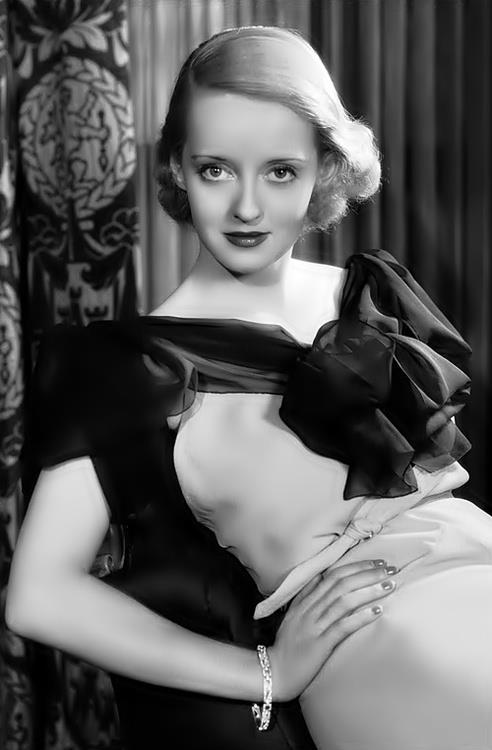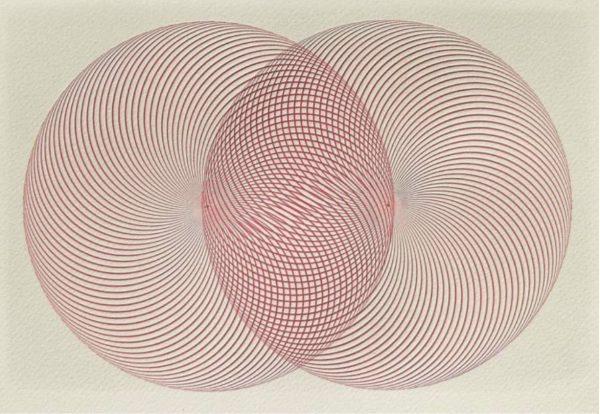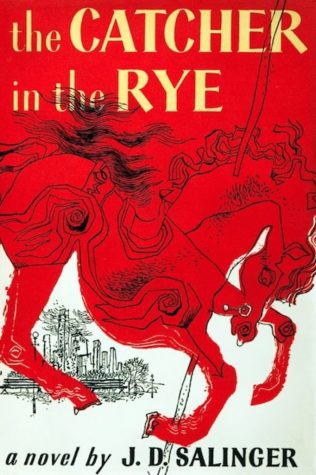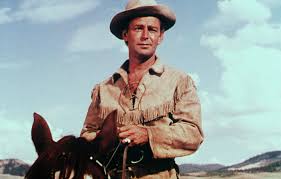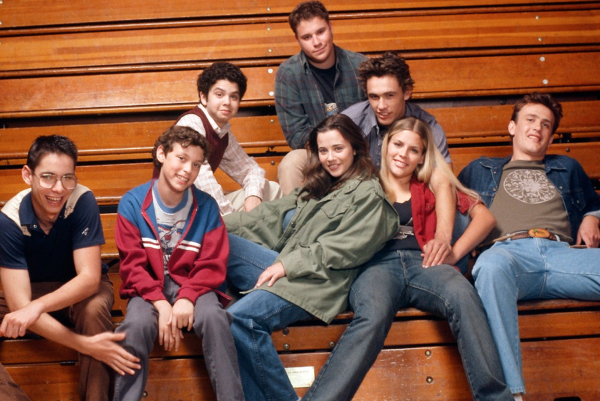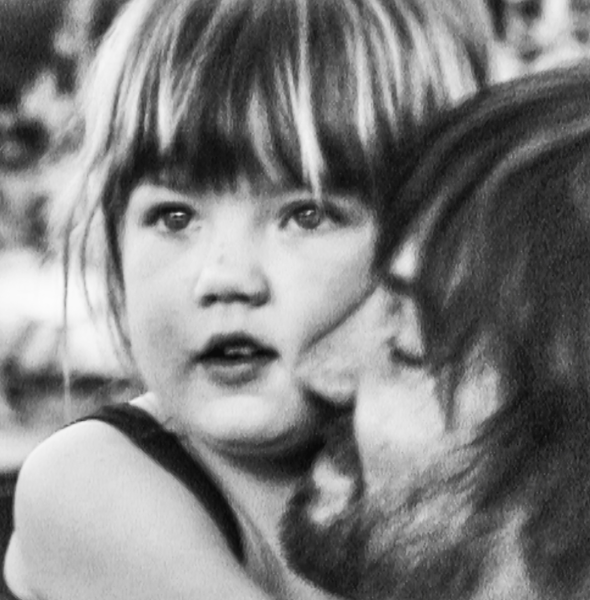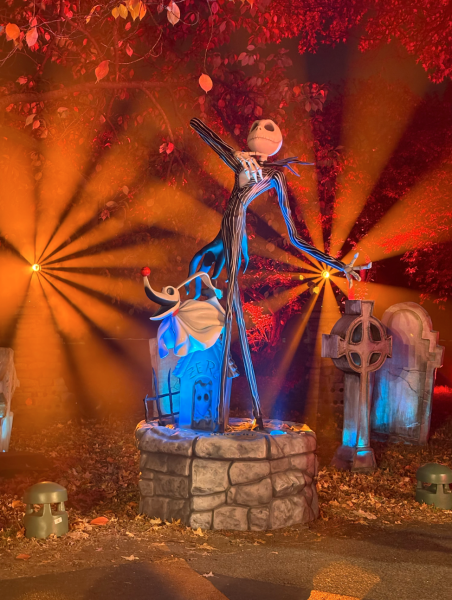Bette Davis Shines in “Whatever Happened To Baby Jane?”
Films from the ’60s frequently featured household names such as Audrey Hepburn, Marilyn Monroe and Joan Crawford. However, one actress seemed to rise above the rest and cement her name in Hollywood history, epitomizing the balance between talent, versatility and beauty. Her name was Bette Davis, and in “Whatever Happened to Baby Jane?”, Davis proved she was the queen of Hollywood, and that you really can get better with age.
The film is almost ominous in its opening, showing a young Baby Jane Hudson (Bette Davis) prancing about a stage seeking adoration from a crowd of showgoers, while her greedy sister Blanche Hudson (Joan Crawford) looks on. As the years progress and the tables turn in terms of who gains fame and who loses it, the audience is treated to something far more profound than a lukewarm sibling rivalry: an unpredictable deathmatch.
This deathmatch commences immediately after the opening credits when Blanche is watching her older pictures and reminiscing on her glory days as a young starlet, while her now-defunct sister Jane drinks away what’s left of her youth. However, there is a disconnect between the sisters’ past and their current grievances. Before being treated to the opening credits of the film, we learn that one of the sisters was in a horrid accident, at the hands of the other, and Blanche Hudson is left a paraplegic as a result. Based on what we can ascertain at this moment, the film masterfully baits us into believing we know what happened. Yet we truly know nothing, and this revelation of ignorance provides the film’s climax.
Every scene between the sinister Jane and docile Blanche has a story to tell, for it is in these scenes where the deathmatch between the two truly shines. Laced with tension, the atmosphere never allows the audience to have any sort of relief, as the scarily sporadic nature of a repugnantly brash Jane Hudson will always keep audiences guessing what torture she has devised next for her wheelchair-bound star of a sister.
Between her verbal abuse, cunning behavior, mental delusions, alcoholism and physical abuse, Jane establishes that in the house which they both dwell, it’s Jane’s world, and Blanche is just living in it. In this respect, it’s easy for the audience to root for Blanche as she contemplates how to escape the precarious situation she finds herself in with her curmudgeon sister. However, audiences will come to see that for every endeavor made by Blanche to liberate herself from her oppressive sister, Jane has already planned how to continue the torment. From barring her windows to disconnecting her phone to dictating when and what she eats, Blache becomes a tortured soul in the house of hell that Jane establishes.
This is where the irony of the film resides: the plot dictates that Blanche is the center of the universe; however, it is Jane’s character that is the brightest star. Davis delivers a noteworthy performance as Jane Hudson, portraying the layered character well. On a superficial level, Jane is labeled as an evil sister, and such an assessment is correct. However, there is more here than what meets the eye. When she drinks, Jane delves into a dark rabbit hole where she feels as if she’s been forgotten and cast away by Hollywood in exchange for her sister Blanche. She even goes as far as to say, “You could have been better than all of them! They just didn’t love you enough.” It truly is a pitiful sight and can make for some interesting feelings of sympathy from the audience towards her character. However, as the audience will come to see, Jane is at her worst when she takes to drinking six bottles of scotch and three bottles of gin.
This is the heart of the problem between the two, in fact: alcohol. More so, it is drinking that led to the accident that leaves Blanche paralyzed forever and Jane taking responsibility for the “accident.” However, the picture pulls the heist of the century with an unforgettable plot twist that will leave audiences feeling as if they are starting to see clearly for the first time after drinking as much as Jane Hudson does. Once this twist is made apparent, audiences will never see Jane and Blanche Hudson in the same light again.



































































































































































































